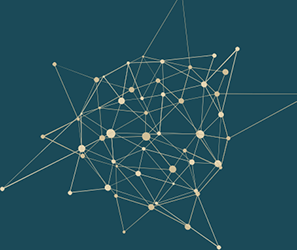Speaker
Description
White dwarfs are the most abundant stellar remnants. They provide a promising means of probing dark matter (DM) interactions complimentary to direct searches. The scattering of DM off stellar constituents, ions or degenerate electrons, leads to gravitational capture, with important observational consequences. In particular, white dwarf heating due to the energy transfer in the DM capture and subsequent annihilation can occur in white dwarfs located in DM-rich environments. In this case, the DM-nucleon/electron scattering cross sections can be constrained by comparing the heating rate due to captured DM with observations of cold white dwarfs. We apply this technique to observations of old white dwarfs in the globular cluster Messier 4, which we assume to be formed in a DM subhalo. We consider the capture of DM by scattering off either ions or degenerate electrons. For ions, we account for the stellar structure, the star opacity, realistic nuclear form factors and finite temperature effects relevant to sub-GeV DM. Electrons are treated as relativistic, degenerate targets, with Pauli blocking, finite temperature and multiple scattering effects all taken into account. We also estimate the DM evaporation rate for both targets. For DM-nucleon scattering, we find that white dwarfs can probe the sub-GeV mass range inaccessible to direct detection experiments, with the low mass reach limited only by evaporation, and can be competitive with direct detection in the 1GeV−10TeV range. White dwarf limits on DM-electron scattering are found to outperform current electron recoil experiments over the full mass range considered, and extend well beyond the ~10 GeV mass regime where the sensitivity of electron recoil experiments is reduced.
